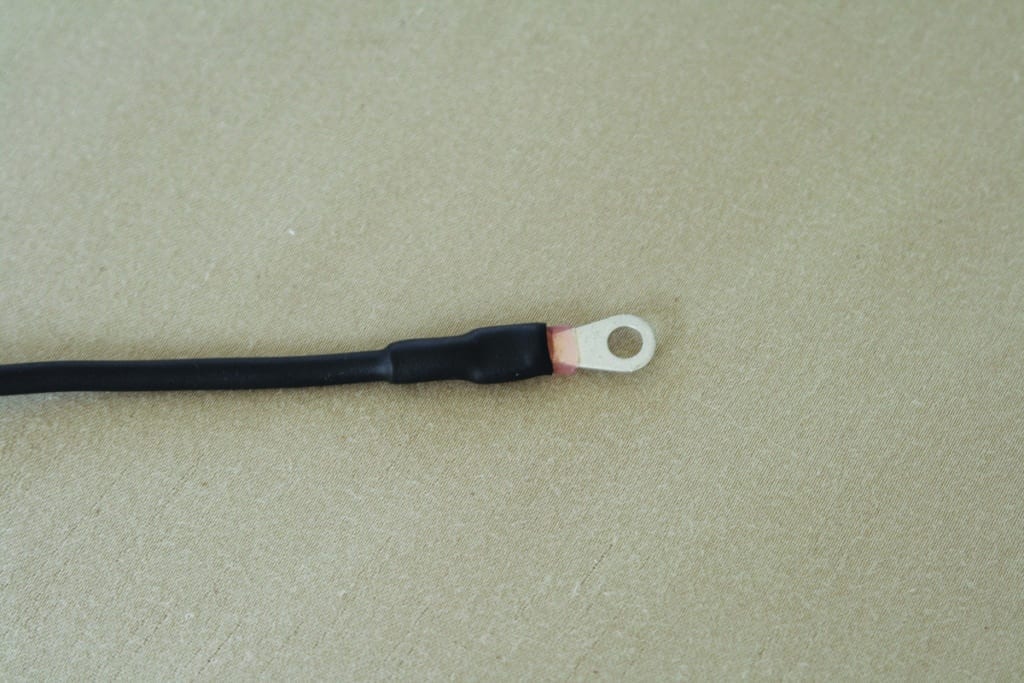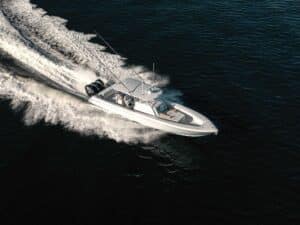Access Issue? Toggle It
It’s always better to through-bolt marine accessories such as grab rails and rod holders, but bulkheads, decks and rail caps with no access from behind pose a problem. One solution is the stainless-steel Garelick Toggler toggle-bolt anchors (about $34 for a pack of six). Push the toggle into the mounting hole, pull it back up flat against the inner wall with the two nylon arms, then slide the retaining collar down, and snip off what remains above deck. Now you can thread the bolt into the hole and the threaded toggle. Garelick stainless-steel toggles are designed to fit ¼-inch 20-threads-per-inch bolts.
Rust Abatement
A galvanized boat trailer will succumb to rust after years of repeated dunking in salt water. Aluminum-frame trailers are not immune either, as most have galvanized-steel components like the axles. Yet you can slow down rust’s unrelenting march by treating spots of corrosion with a couple of coats of rust-inhibiting spray paint such as Rust-Oleum Rusty Metal Primer (about $4 for a 12-ounce can). Remove any loose rust with a metal brush, lightly sand and then clean with denatured alcohol. Chemicals in the ruddy-colored primer bond with the corroded surface and seal it to help keep rust from running rampant. Give the area a final coat of silver spray paint for a finished look.
Hatch Seals
If you have an older boat with worn-out hatch seals, you can easily replace them. The best bet is to contact the boatbuilder to see if the company sells replacement seals. If not, Taco Marine offers a variety of widths and profiles in closed-cell foam with peel-and-stick adhesive backing (about $25 for a 10-foot roll of 5⁄8-inch-wide seal). Once you find a matching seal, scrape off the old seal and clean up any residual adhesive with denatured alcohol. Apply the new seal in 8- to 10-inch sections; avoid stretching the foam. Miter the seal at 45-degree angles around corners and secure each joint with a dab of cyanoacrylate glue (aka Super Glue).
Watertight Connections On DIY electrical projects on your boat, make sure that wire connections resist moisture and corrosion by using marine-grade crimp-on terminal rings with heat-shrink collars, as well as marine-grade wire. Ancor Marine offers a wide selection of crimp connectors to fit various wire sizes and terminal studs. Add an extra measure of protection by covering the collar of the crimp-on terminal with a section of heat-shrink tubing. Avoid using an open flame for activating the heat-shrink components. A heat gun is much safer, but be careful where you place the gun. The nozzle grows exceedingly hot in use and can sear you or your vinyl upholstery in an instant.
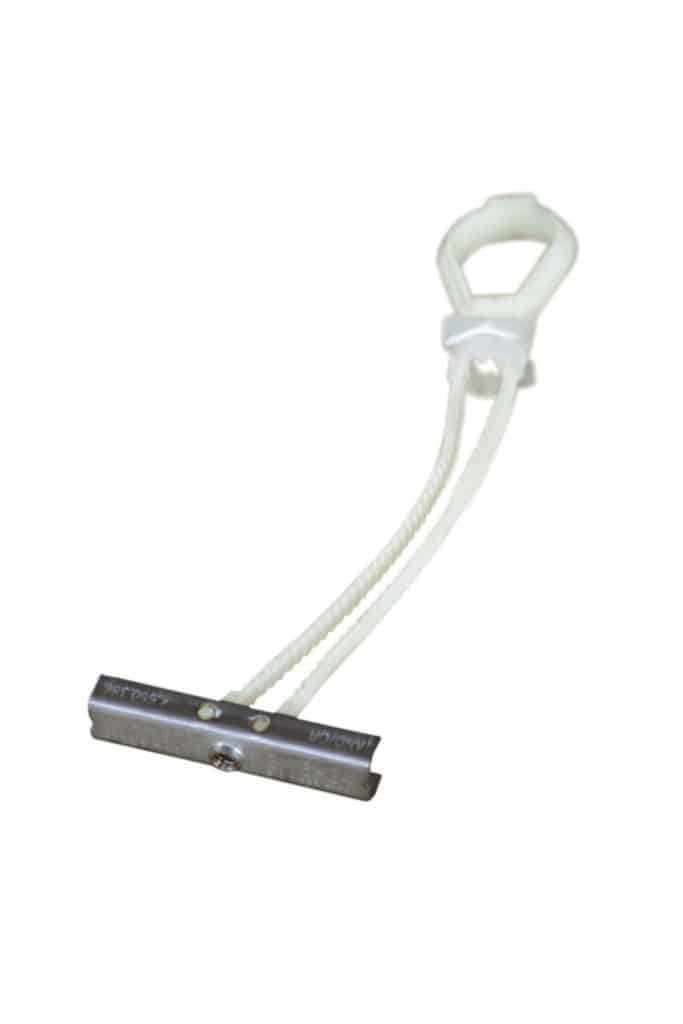
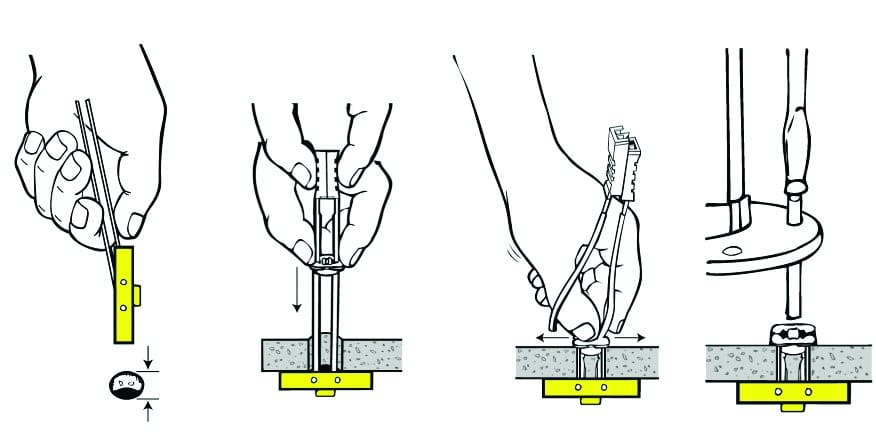
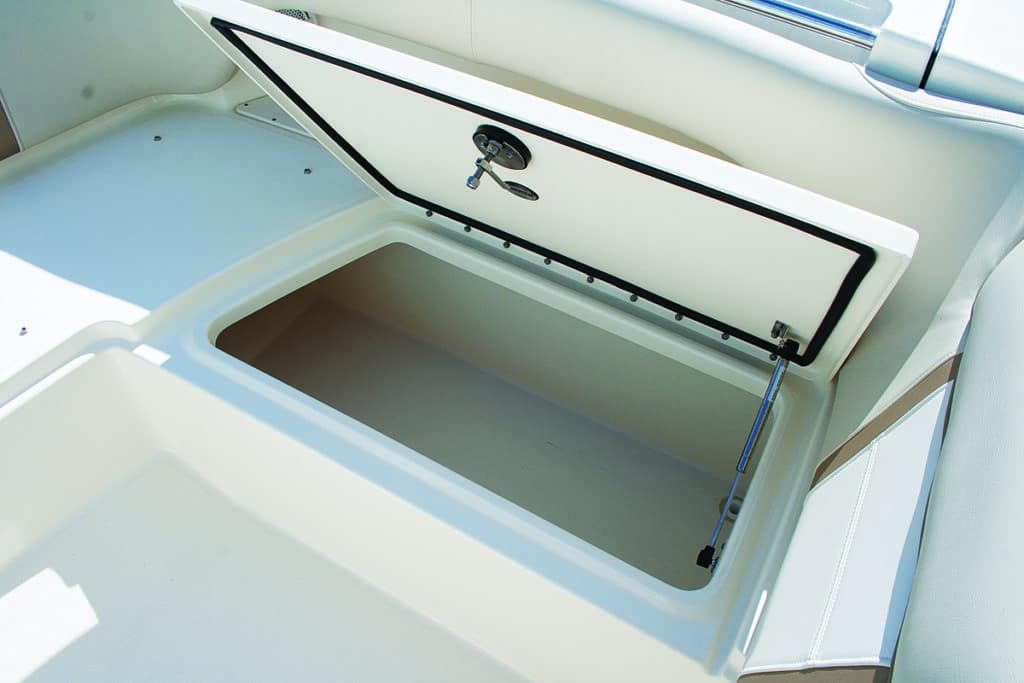
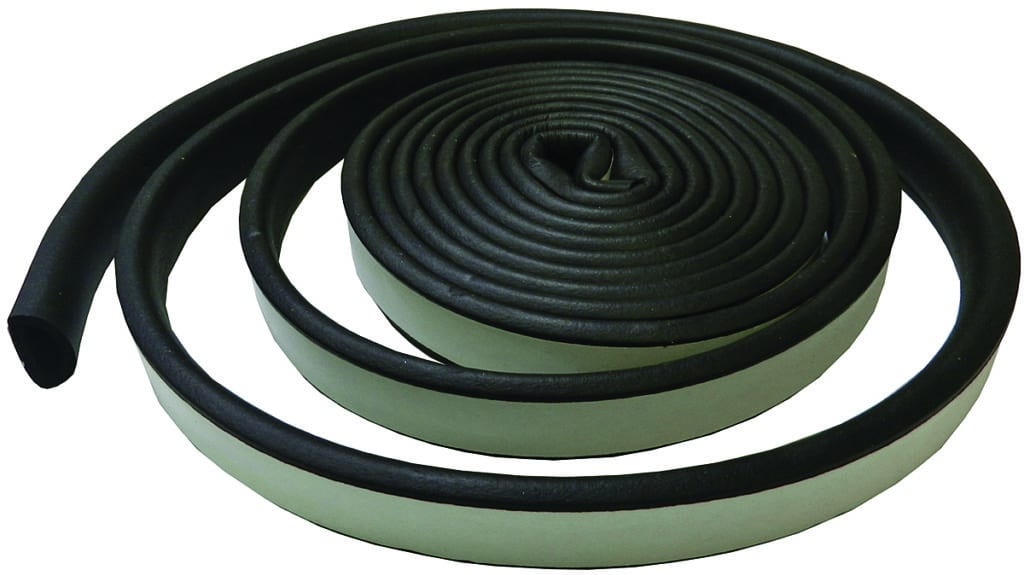
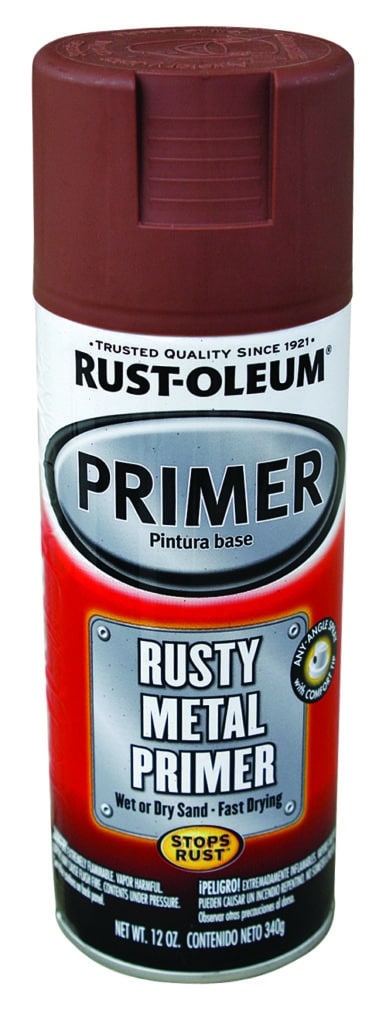
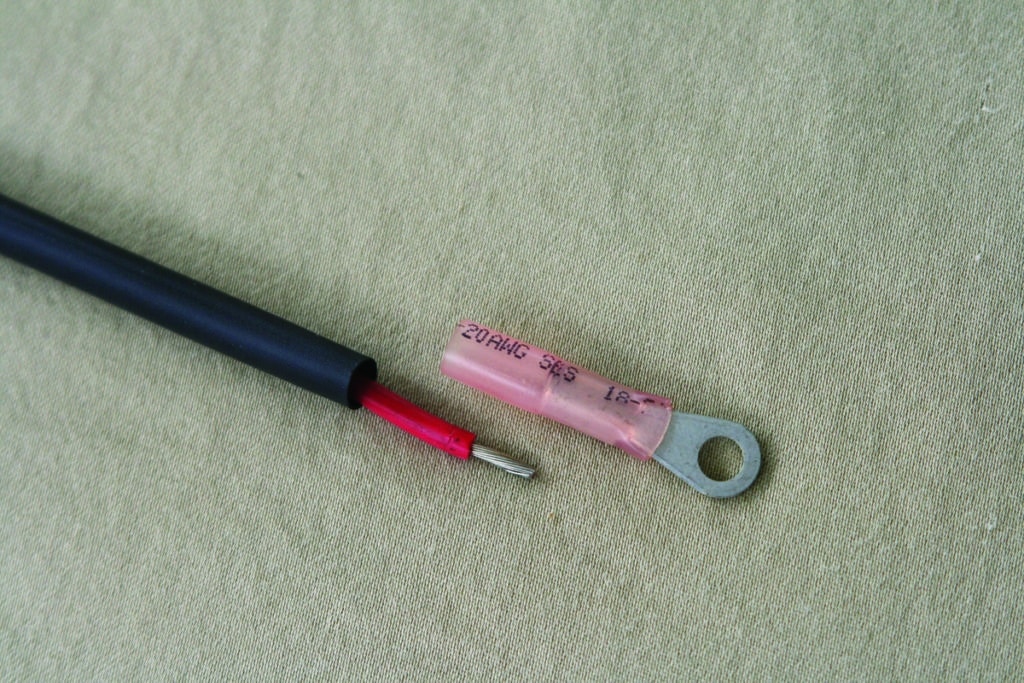
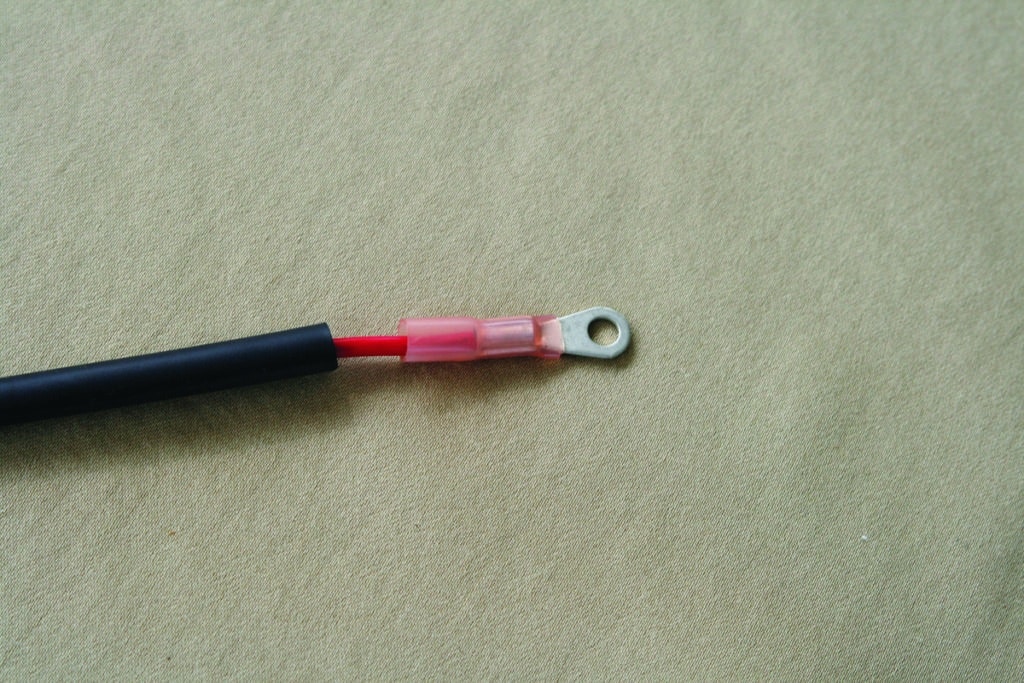
Add Shrink Tubing to Waterproof Your Boat’s Electrical Terminal
